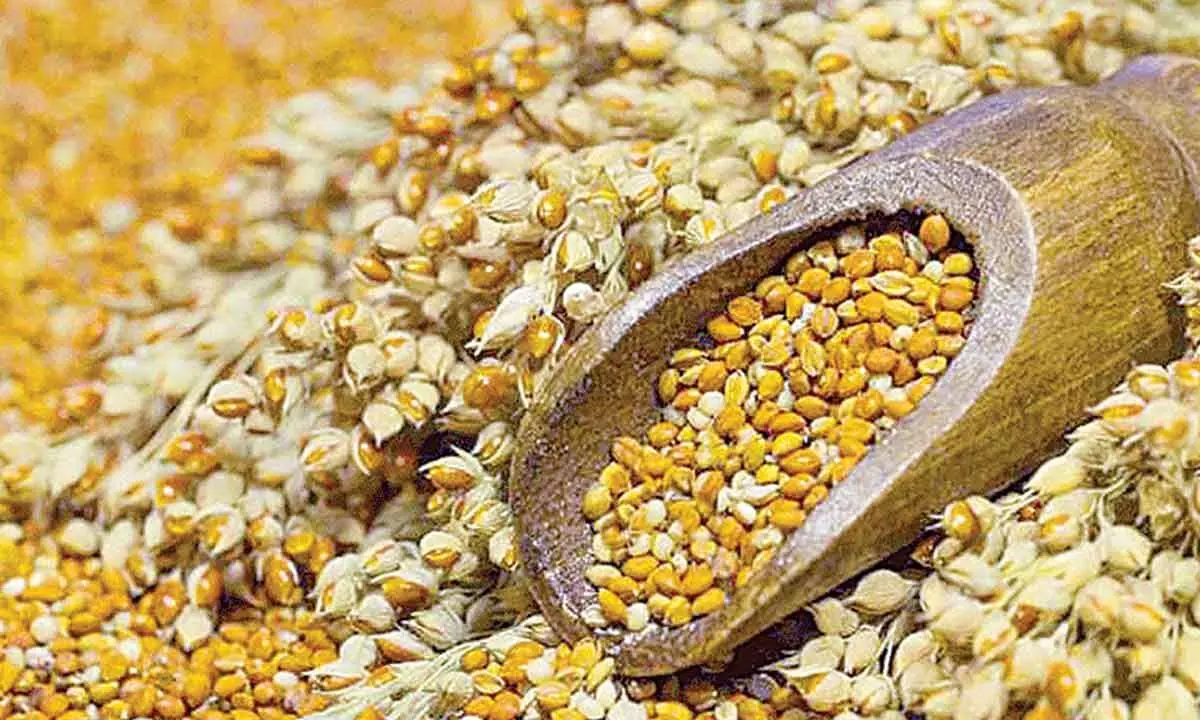Uttarakhand millet farmers see 10-20% rise in income
Owing to the push to millet farming by the Centre and State government: Study
image for illustrative purpose

Dehradun: Three of four millet-growing farmers in Uttarakhand have seen a 10-20 per cent increase in their annual income owing to the push to millet farming by the Centre and State government, according to a study by the Indian Institute of Management, Kashipur.
However, the study - conducted on more than 2,100 farmers - found that many of them are still not aware of the increased demand for millet-based products, and are still growing it on a smaller scale for personal consumption only. Greater awareness among millet growers about an increased market demand for their crop could help more and more of them to increase their income, it said. The declaration of 2023 as the International Millet Year has played a crucial role in raising awareness about millet as a sustainable crop worldwide and increased the demand for millet-based products both nationally and globally, the study on "Millet Production in Uttarakhand: An Empirical Analysis of its Socio-Economic Impact and Marketability Challenges" released on Sunday at IIM, Kashipur said. According to the study, 75 per cent of farmers in the state who grow millets have seen an increase in income by 10-20 per cent as the Centre and state government continue to push farming of the crop. The study, however, did not specify the number of millet-growing farmers among the 2,100 who were surveyed.
The study was conducted by four senior professors and five data collectors of the institute over a period of six months. The recent push by the Centre as well as the state government has created an increased demand for millet crops in the market but many farmers are still unaware of it. Besides, most farmers are growing millets for self-consumption instead of earning a profit.
"Most of the farmers growing millets for self-consumption are not using it as a money crop like rice and wheat," the principal investigator of the study, Assistant Professor Shivam Rai of IIM Kashipur said. "Millets are a sustainable crop which is not only nutritious, healthy but also easy to store and doesn't damage the soil," Rai said. The study was conducted to address the marketability challenges of millet production and identify effective strategies to increase its economic presence, he said. The sample size for the survey was collected from the major hilly regions of the state, including Pithoragarh, Joshimath, Rudraprayag, and Chamoli.

